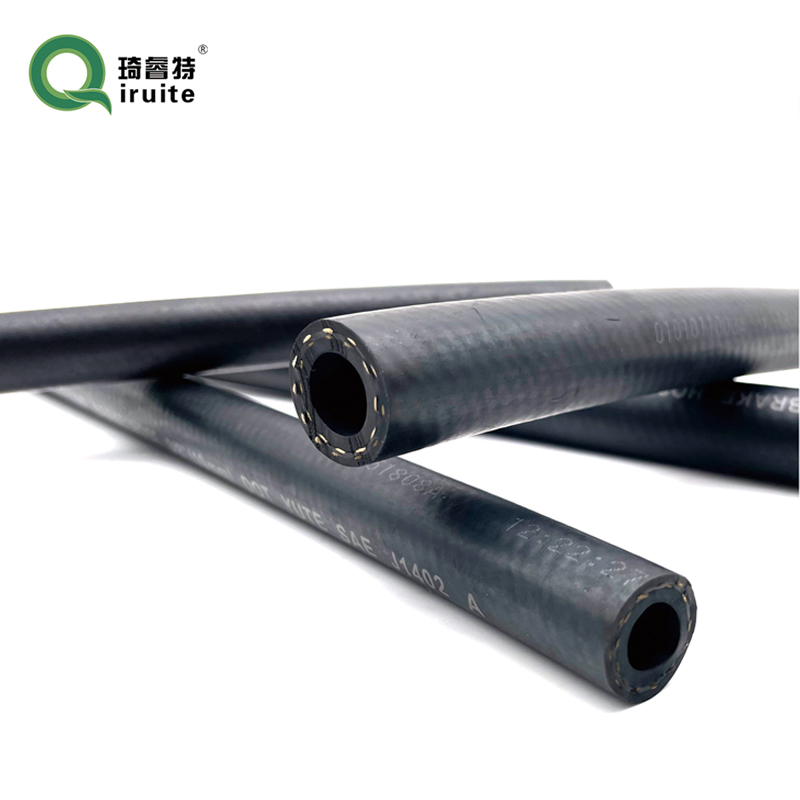stove pipe coupling
Understanding Stove Pipe Couplings A Key Component for Efficient Venting
When it comes to heating appliances, particularly wood stoves and fireplaces, one often-overlooked component is the stove pipe coupling. This essential component plays a significant role in the overall efficiency and safety of venting systems, allowing for the effective transfer of smoke and gases out of the home. In this article, we will explore the purpose and mechanics of stove pipe couplings, their types, installation, and maintenance, as well as some important safety considerations.
What is a Stove Pipe Coupling?
A stove pipe coupling is a fitting that connects two sections of stove pipe, providing a secure and leak-proof junction. These couplings are essential for creating a continuous flue system that efficiently directs combustion gases, smoke, and particulates out of the home. Stove pipe couplings are typically made from metal, designed to withstand high temperatures and resist corrosion, making them ideal for use with various heating systems.
Types of Stove Pipe Couplings
There are several types of stove pipe couplings available, each designed for specific applications
1. Straight Couplings These are used to join two sections of pipes in a straight line. Straight couplings are often found in installations where pipes need to connect directly without any angle adjustment.
2. Elbow Couplings Sometimes, stove pipes need to navigate around corners or obstructions. Elbow couplings are available in different angles (usually 30, 45, and 90 degrees) to facilitate these directional changes in your venting system.
3. Reducing Couplings In cases where a smaller diameter pipe needs to connect to a larger one, reducing couplings provide the transition necessary to maintain efficient airflow.
Installation
stove pipe coupling

Installing a stove pipe coupling is a task that can be accomplished by a skilled DIY enthusiast or a professional technician. However, before beginning installation, it is crucial to follow local building codes and manufacturer guidelines. Here are some key points to consider during installation
- Correct Sizing Ensure that the coupling matches the diameter of the stove pipe sections being connected. Mismatched sizes can lead to inefficient venting and may pose safety hazards.
- Secure Connections Use screws or clamps to secure the coupling and prevent leaks. A well-fitted coupling not only ensures efficient operation but also reduces the risk of dangerous gases entering the home.
- Clearances Maintain proper clearance from combustible materials. Stove pipes and couplings can reach high temperatures, so adequate space is necessary to prevent fire hazards.
Maintenance and Safety Considerations
Regular maintenance is vital for ensuring the longevity and effectiveness of a stove pipe coupling. Homeowners should routinely inspect their venting systems for signs of wear, rust, or damage. Cleaning the stove pipe periodically is also essential to remove creosote, a flammable byproduct of combustion that can accumulate in the chimney or pipe.
Safety is paramount when dealing with any heating appliance. Homeowners should always ensure that their stove pipe connections are installed correctly, and prompt repairs should be undertaken for any identified issues. Additionally, it is advisable to have a professional chimney sweep perform annual inspections to keep the entire venting system in optimal condition.
Conclusion
In conclusion, stove pipe couplings are a critical component of a safe and efficient heating system. By understanding their purpose, types, installation practices, and maintenance requirements, homeowners can ensure that their stoves operate safely and effectively. Taking the time to properly install and maintain these couplings not only enhances comfort in the home but also contributes to the overall safety and efficiency of heating systems.
-
Ultimate Spiral Protection for Hoses & CablesNewsJun.26,2025
-
The Ultimate Quick-Connect Solutions for Every NeedNewsJun.26,2025
-
SAE J1401 Brake Hose: Reliable Choice for Safe BrakingNewsJun.26,2025
-
Reliable J2064 A/C Hoses for Real-World Cooling NeedsNewsJun.26,2025
-
Heavy-Duty Sewer Jetting Hoses Built to LastNewsJun.26,2025
-
Fix Power Steering Tube Leaks Fast – Durable & Affordable SolutionNewsJun.26,2025

